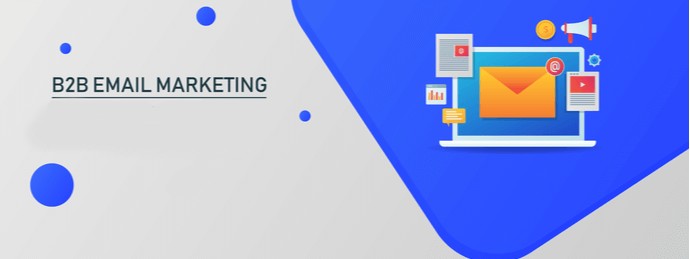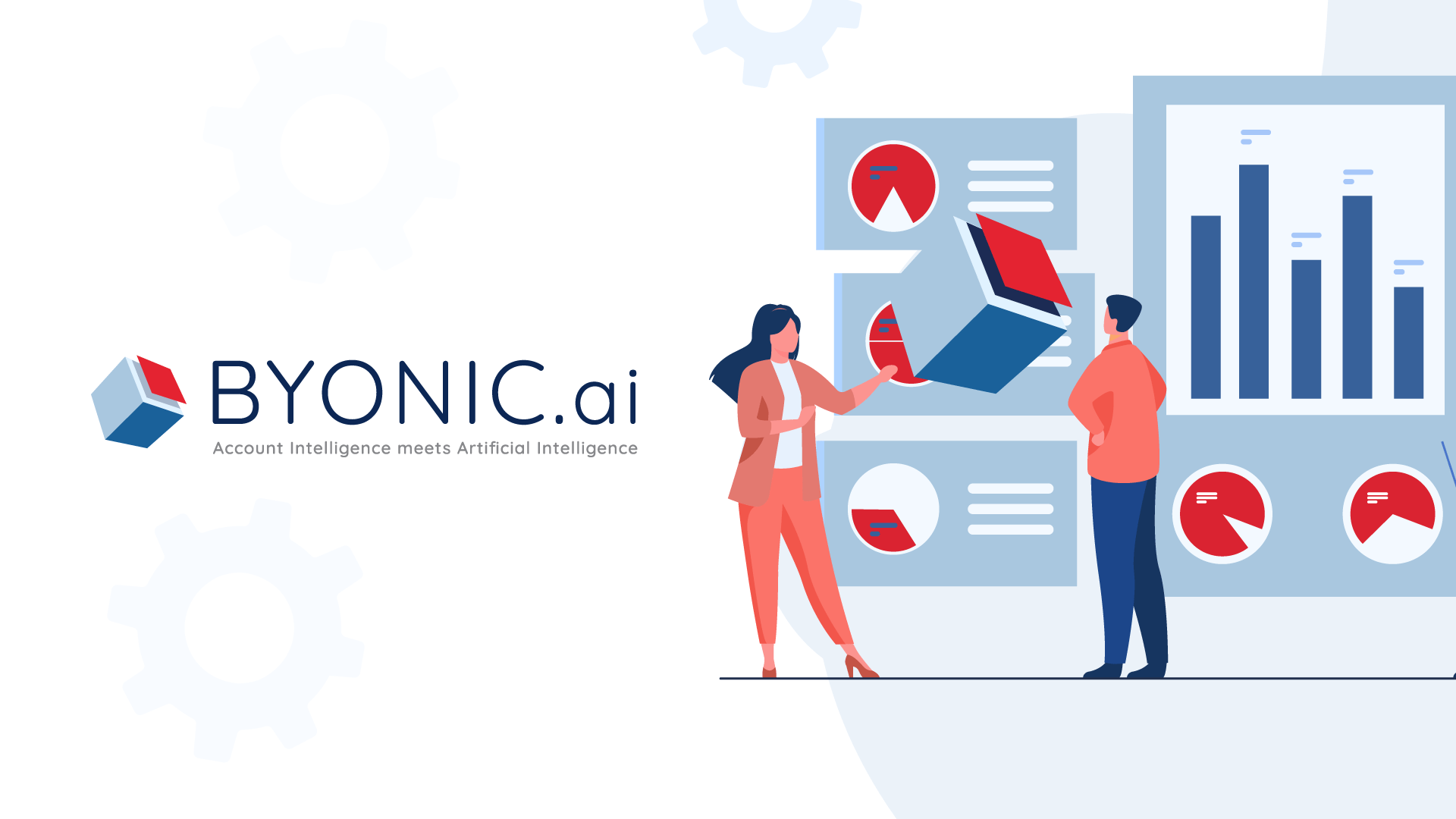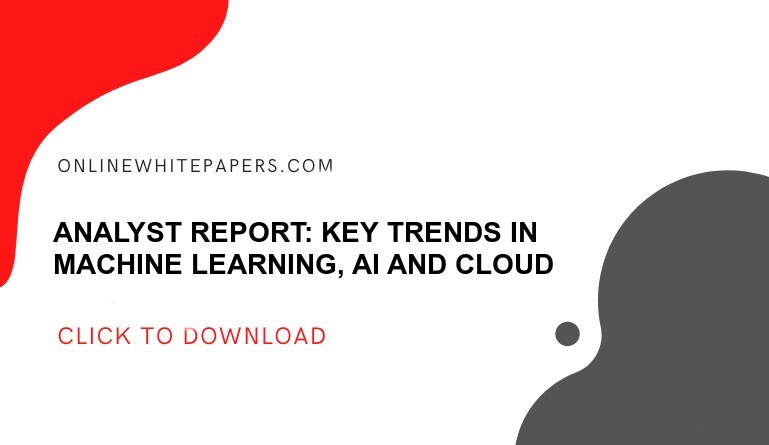Author: Danni White
What is Byonic.AI?

Unleash AI to Improve Your B2B Email Marketing

Byonic.ai Redefines the Future of Digital Marketing
Frisco, Texas-based company, Bython Media, launches a revolutionary AI/MI-powered marketing platform, the first of its kind on the planet.
Monday, August 23, 2021 — Frisco, Texas — The next generation of AI- and ML-powered marketing is coming soon. Byonic.ai is the first-of-its-kind end-to-end platform for personalized lead insights, creative content, account intelligence, intent-based data, account-based marketing, and marketing automation. It allows data-driven teams to align their marketing, product, and customer success goals with revenue growth and sales.
Byonic.ai uses an extensive database that identifies the purchasing intent and habits of in-market prospects at various points in the sales and marketing cycles. AI capabilities target the right people at the right time, providing users with unparalleled real-time engagement opportunities that help turn prospects into well-qualified customers.
The platform uses predictive and actionable insights to discover the highest-quality leads for more successful marketing and sales outcomes. Users can measure campaign success with extensive reports and analysis. The end-to-end repeatable process embedded within Byonic.ai allows users to: discover, build, target, deliver, analyze, engage, and convert.
Account intelligence finally meets artificial intelligence.
How Byonic.ai Works
Byonic.ai will revolutionize digital marketing for:
- Marketers
- MarTech/Operations specialists
- Demand gen professionals
- Sales professionals
- Agency/media partners
- Client success professionals
B2B marketing and sales professionals can use the platform in several ways:
- To discover which marketing strategies resonate best with audiences
- To use first-party intent signals to unlock insights from prospective buyers
- To learn what campaigns are the most effective and generate the greatest ROI
- To use AI to predict your marketing funnel and the highest quality lead potential
- To segment data based on budget, interest, time, and authority
“Most platforms weren’t built as a one-stop-shop for all your marketing campaign needs,” says Snehhil Gupta, Chief Technology Officer, at Bython Media, creators of Byonic.ai. “Now, you get a full suite of end-to-end capabilities that include account intelligence, lead insights, marketing automation, and creative content, powered by AI/ML and wrapped in one simple and intuitive platform to run smarter campaigns.”
Byonic.AI will launch in Fall 2021. Marketing and demand generation professionals can sign up for an early demo on the company’s website, www.Byonic.AI.
Discover Byonic.ai
WEBSITE | LINKEDIN | 8668 John Hickman Pkwy, Suite 1004, Frisco, Texas 75034

How AI Can Streamline Your Sales Process

What is AIBM? – A Guide
Internet marketing has become even more important as consumers research and shop online for products. Your business can grow in brand-new ways when you realize how effective Internet marketing is.
To achieve core business goals, it is imperative to have a comprehensive understanding of your customers. It doesn’t matter if you’re creating more engaging content, building (or optimizing) the customer experience, or increasing sales. The key to knowing your customers is to know them better than they know themselves.
The 4 Elements of AIBM
1. Discover Demand
Ensure that your product will gain the interest of customers before starting your company. The time you’ll save by taking this one step may add up to weeks (or even months), as well as saving you thousands of dollars.
When market research reveals that a need exists, but no comprehensive solution is yet available, developing a new product is an exciting project. Despite their need for solutions, customers can’t quite identify what they require. You can help here.
Great platforms, products, and services are always in demand among companies. Understanding the companies you are trying to reach, what they are looking for, and how to reach them will help you find them.
In market demand, we mean the level of demand that exists for a specific period. Several factors influence demand for a product such as how many consumers seek your product, the price at which they are willing to pay for it, and the amount of your product offered to consumers by your company and your competitors.
Most of the time, the market demand fluctuates. Various reasons may be at play here, some of them predictable, while others are out of our hands, such as natural disasters or pandemics.
A product’s market demand increases when more people are interested in it. It is generally under these circumstances that prices increase—more people want it, and the price goes up accordingly. Price decreases usually coincide with a decline in demand. Later, we’ll talk about it more in-depth.
When developing products, business owners often fail to consider market demand. Stock sitting in your warehouse eats into your profits and takes up warehouse space, so you don’t want to invest too much capital in products that no one will buy.
In addition, you’ll also want enough supplies to serve your customer base. You may be unable to win a customer for life if your stock is out of stock.
2. AI-Based Predictions
Manage buyer journeys and behaviors in real-time with our AI-powered model and ABM list. Regardless of your industry, you can use metrics and KPIs to buy better business forecasting using the currency at your disposal. The ability of machine learning to provide automated, accurate, scalable, adaptive, and real-time forecasts is the driving force behind these forecasts.
The number of metrics and KPIs available for forecasting, which often numbers in the thousands, is too great for traditional statistical models, such as time series forecasts.
Although these traditional statistical models may use past revenue data, for example, they simply don’t provide the accuracy that’s required in today’s business world.
In time-series forecasting, companies have realized that they can reap a lot of benefits from combining thousands of metrics.
When planning revenue, you should include metrics regarding customer experience, such as conversion rate and churn rate, when forecasting revenue.
3. Intent Signals
Utilize intent signals and surge alerts to uncover insights from your ABM list and determine purchasing possibilities. To identify leads before they approach you, you need to understand buyer intent signals.
When you know when good-fit accounts are preparing to buy, your sales team can make a significant impact. As opposed to waiting for buyers to approach you, you can deliver the perfect pitch when it is most appropriate. Digital and event-based signals of buyer intent can be tracked.
Various ways can be used to measure buyer intent in sales and marketing campaigns, create more opportunities to close more deals, and reduce churn levels; even ways can be used to choose the best provider of B2B intent data. As well as detecting signals to be on the lookout for, you can also track these signals.
Indications of buyer intent tell us when people are preparing to buy. Intent signals come in a variety of types, and each type helps you identify prospects differently.
4. Key Segmentation
Based on buyer behavior in real-time as well as keyed-in attributes, segment account data allows you to gain deeper insights into your targeted audiences and campaigns.
An organization segments its market by dividing everyone into segments so that it can better target and focus marketing efforts. The segments that can be created with market segmentation can range from behavior to age, to income level. Your marketing campaigns should be able to get better responses when they are targeted at very specific subsets, rather than broadcasting to a large audience. As you develop a product, the same applies.
Market segmentation can be divided into four categories:
- Demographic
- Psychographic
- Geographic
- Behavioral
Final Thoughts
Customer service is the cornerstone of any successful business. Building and marketing your brand’s online presence makes it easy to forget its importance. These five examples above, however, have proven to be exemplary in providing full-service customer satisfaction. Discover more about AIBM solutions by scheduling a demo with the team at www.Byonic.AI today.

How to Increase Sales with Artificial Intelligence

AI Applications Marketers Can Use

How Decisional Intent is Shaping B2B Lead Generation
Customer loyalty is paramount to the success of any business. Your main goal should be to acquire new customers since this will lead to growth for your business. Therefore, one of your main drivers towards success is your ability to capture the attention of potential customers and direct them towards a transaction.
Nowadays, digital marketing apps, social media platforms, and automation software have made it easier than ever to convert leads into paying customers. Traditional offline customer acquisition strategies are no longer sufficient. Through today’s lead generation services, you can take advantage of every opportunity that digital marketing channels provide.
What Is B2B Lead Generation?
This refers to a method of detecting and enticing prospective customers who will probably be interested in your products or services. The secret to a successful business is to bring and engage decision-makers who fit the buyer persona(s) of your brand.
Lead generation can be an important element in your business strategy; it can also help with the development process of your website, email automation, content creation, SEO sales growth, and so on.
The Process of B2B Decision Making
Most B2B purchasing decisions are impulsive, usually involving various stages over a period. Some purchases could take up to a year or more.
It has been proven that the time required to make B2B decisions has increased. As of 2019, 68 percent of buyers revealed that their B2B purchases were taking more time than they did in the past.
The decision-making process of each company varies. To make it easier to estimate and compare, specialists have come up with various decision-making models – these models standardize the B2B buying process into these stages:
1. Accepting that there’s a problem
The buying process starts when a company identifies an issue. What could trigger this could be a particular pain point. On the other hand, the company might notice that another brand is doing something differently or better.
Most times, it is recommended to re-frame the issue in terms of a job that the business is intending to accomplish. This alternative strategy can help companies think about product development differently, enabling better innovation.
2. Assessing and analyzing available solutions
As soon as a company discovers its problem, it has to consider ways to solve it. One option is to do nothing, particularly if the solutions at hand are too expensive or take a lot of time.
If the business decides to find solutions to the problem, it has to decide whether to buy the solution from a third party or to create it in-house.
Furthermore, they have to define their preferred solution. For instance, if the brand is buying from a third party, they should consider various categories of products.
Buyers have to weigh the pros and cons of all potential solutions, including the possible cost. This task is an important aspect of the journey because it defines the products or services that may be applicable.
3. Determining the conditions for the product or service
The decision-making unit should specify what the company is looking for, including:
- The things the product or service will do
- The cost
- Any requirements, such as adherence to particular criteria
4. Choosing the supplier
Every company takes a slightly different strategy to determine a supplier. Some have long formal processes including committees, longlists, and shortlists. Other organizations make use of a more informal approach in which potential suppliers are assessed and compared in a less structured fashion.
Regardless of the approach, this goal is to gather information about potential solutions so that they can be compared against set criteria.
5. Justifying the choice
After the decision process, you need to justify the process to yourself and to and senior executives. That can consist of asking the seller for references, and giving a presentation to senior management to solicit their support.
Challenges with Intent Data
- Understanding buyers: There is high competition, and customers know they have other options. B2B companies have to be intuitive and distinguish what their customers need without being told.
- Guaranteeing quality data: Using intent data has various benefits; apart from being able to accurately target buyers, it makes it possible for you to have quality information to build successful marketing campaigns around.
- Managing data: Intent data is not only useful for sales and marketing teams, it can bring more order and better back-end data management.
(Also Read: How AI and Intent Data Work Together)
Final Thoughts
It can be challenging to get new customers for every brand. Luckily, the world is now digital and innovations in marketing have made customer interactions easier. Digital channels can offer various chances for a conversion, but in the end, you have to capitalize on them.
For your business to reach new heights, you have to know how to grab and nurture customer interest. With a comprehensive lead generation strategy, you’ll easily attain this feat. To learn more about decisional intent and how it can shape your lead generation programs, connect with the team at Byonic.AI.






